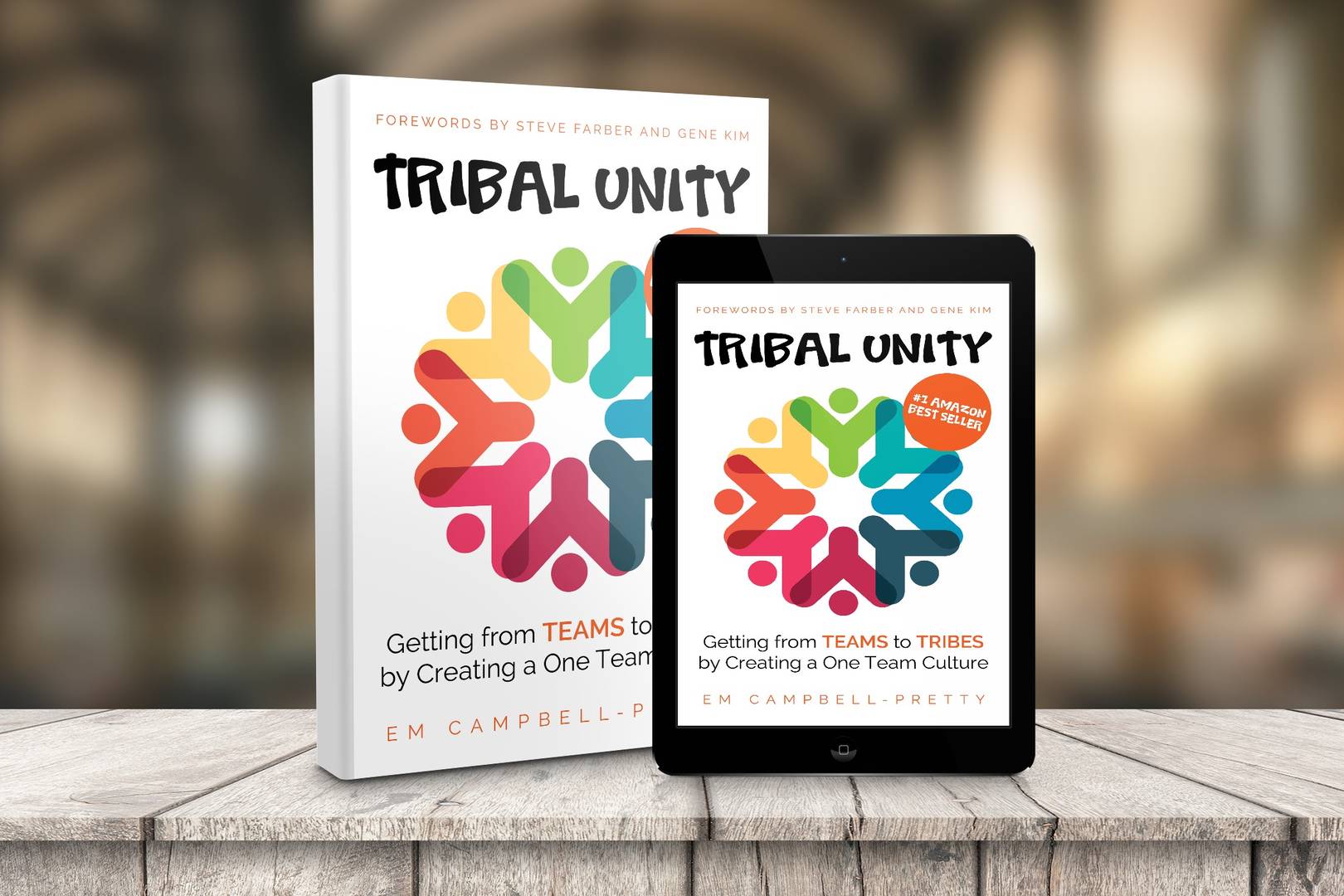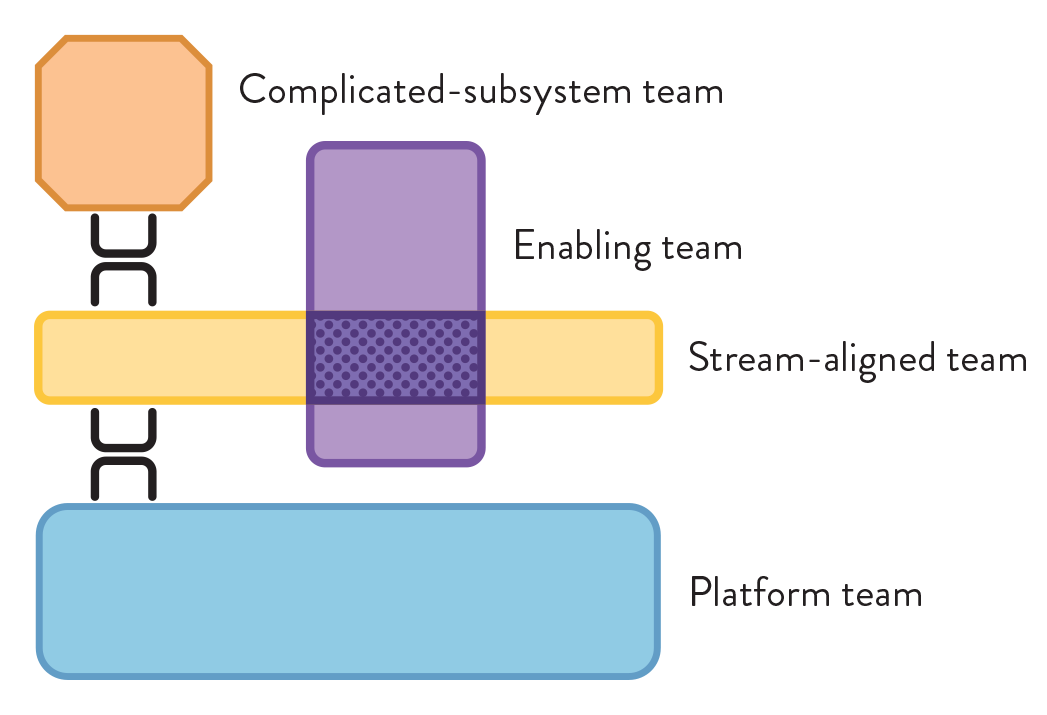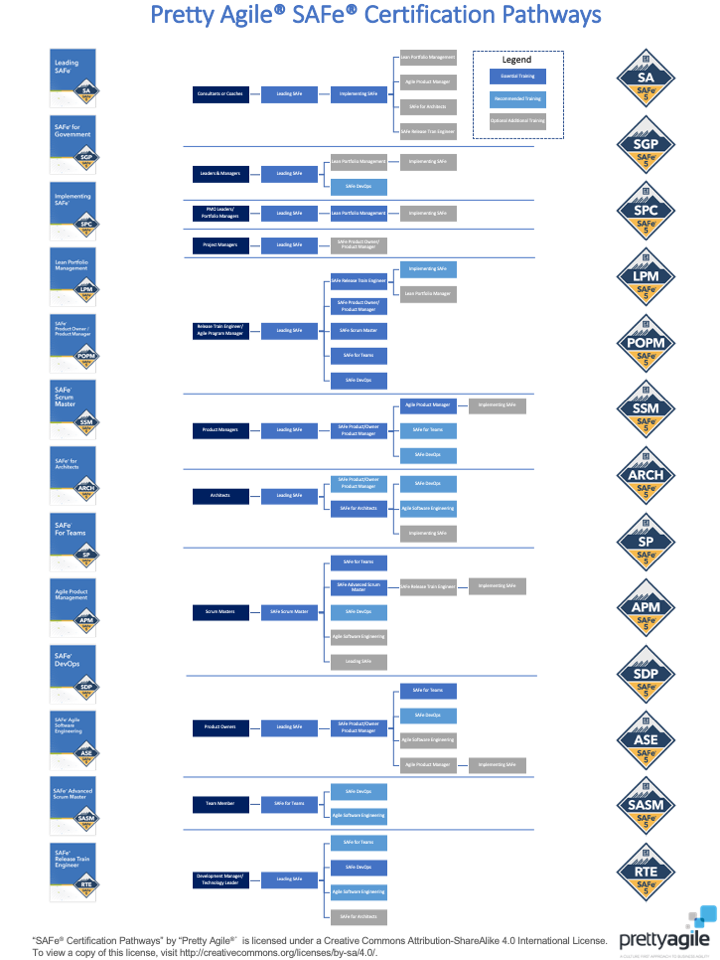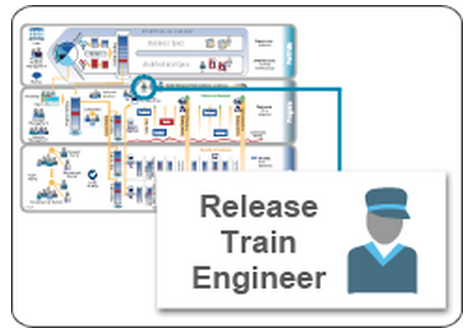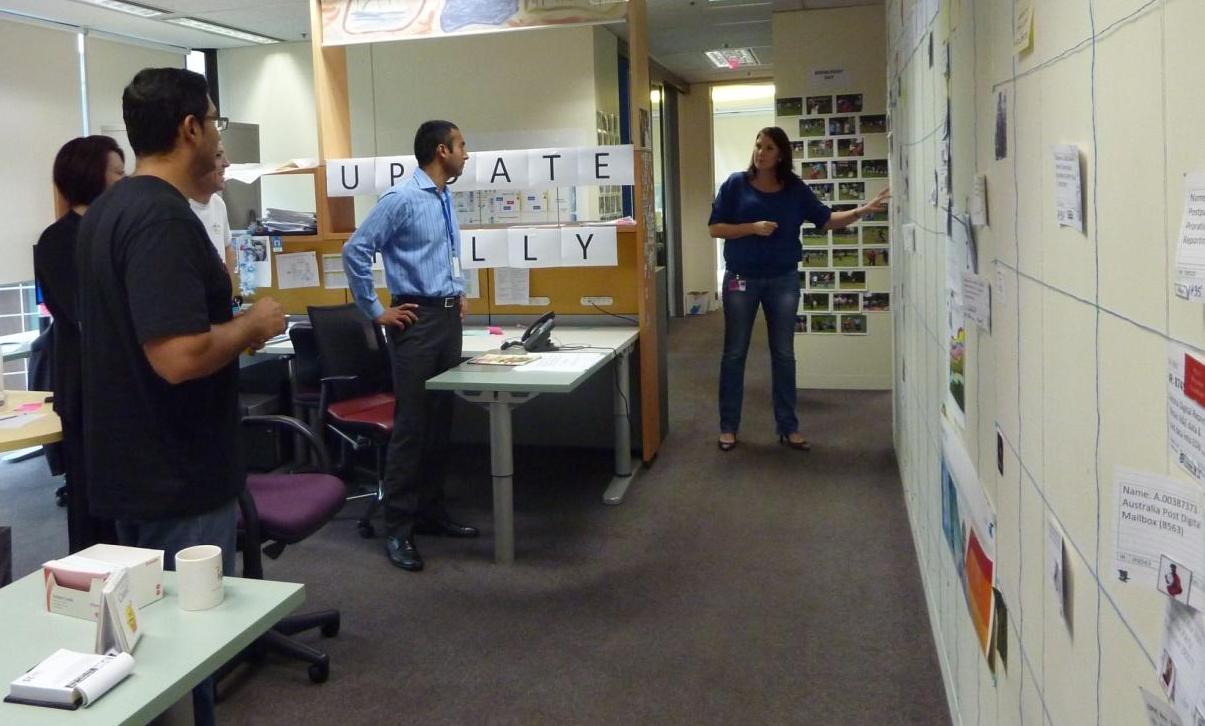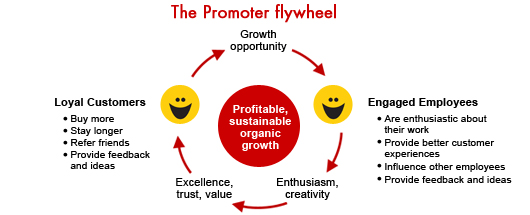- AI-Native Training
- SAFe Training
- Choose a Course
- Public Training Schedule
- SAFe Certifications
- Leading SAFe
- Implementing SAFe
- Advanced SAFe Practice Consultant
- Leading SAFe for Government
- SAFe Lean Portfolio Management
- SAFe Release Train Engineer
- SAFe for Hardware
- SAFe for Architects
- Agile Product Management
- SAFe Scrum Master
- Advanced Scrum Master
- SAFe DevOps
- SAFe Product Owner/Product Manager
- SAFe Agile Software Engineering
- SAFe for Teams
- SAFe Micro-credentials
- Agile HR Training
Re-squadification
Three PIs after the 6-Day Quick-Start it was time to “re-squadify”. We had promised the teams during the initial self-selection event that they were not making life long commitments and that they would again have the opportunity to self-select in two or three PIs time.
Over the preceding 6 months there had been a lot of change. The original 6 squads had been reduced to 5, as result of some parental leave and secondments. We had onboard two new squads based in China. The interns had moved on to their next rotation and there had been a few leavers and joiners, as is natural with any new Agile Release Train.
Re-squaditification presented the opportunity to revisit the constraints within which the teams would form. Specifically, we decided to look at team size and the approach to Scrum Masters and Product Ownership. The two squads in China had been through a small scale self-selection day just prior to the beginning of the last PI, so we decided not to disrupt them and leave them out of the “re-sqaudification” this time.
When it came to team size, we wanted to avoid any nine person squads emerging from the process this time. A quick count of existing team members, new interns due to arrive imminently and current vacancies, quickly led to the conclusion that five Melbourne based feature squads would not work, we would need to return to having six feature teams. Three teams of six and three teams of seven. This meant even if all the existing Scrum Masters were to agree to continue as Scrum Masters we would be one short. Luckily the train had created a “bench” of potential Scrum Masters (SMs), that has been included in various training opportunities over the life of the train and were ready to step up when needed.
When it came to team size, we wanted to avoid any nine person squads emerging from the process this time. A quick count of existing team members, new interns due to arrive imminently and current vacancies, quickly led to the conclusion that five Melbourne based feature squads would not work, we would need to return to having six feature teams. Three teams of six and three teams of seven. This meant even if all the existing Scrum Masters were to agree to continue as Scrum Masters we would be one short. Luckily the train had created a “bench” of potential Scrum Masters (SMs), that has been included in various training opportunities over the life of the train and were ready to step up when needed.
With Product Ownership, a variety of maternity leave and other role changes meant that there were no longer any Leadership Team members in Product Owner (PO) roles. From my perspective this was not a bad thing. Despite everyone’s best efforts, the POs being so much more senior than the SMs had created a weird team dynamic. Instead the POs would primarily be senior Analytics folk. The Analytics competency also had carriage of the interns, each intern was paired with a senior Analytics PO. We then designated the three teams of seven to be the ones with the interns. This time the RTEs were also determined to be more inclusive and opened up the opportunity for the two System teams to self-select as well.
With the scope and the team shape determined we now needed to decide how we would seed the teams. We definitely wanted to avoid the feature anchoring that had been so problematic last time. We decided that SM and PO pairs would be the starting point for each squad. We would then allow the newly formed squads to pull in the features that they would like to work on. We just needed a way to pair up the SMs and POs. Then I remembered an approach I had heard about from +Mark Richards and +Andy Kelk - SM & PO speed dating! What fun!
(While I was not onsite for the speed dating event the RTE tells me: “It was as brilliant. Lots of fun. Great energy. Everyone paired up really well and we saw some really great dynamics of these pairings come out across the PI.”)
The last piece of the puzzle was the competency mix - this time the instruction was that each team must have at least one person (excluding the SM and PO) from each competency.
As we had done previously we structured the self-selection day with the morning being the self-selection event and the afternoon being set aside for team building activities. The day kicked off nicely, with the new department head reminding everyone why the train had chosen to use self-selection. Then each Scrum Master and Product Owner pair pitched to the train, what life on their squad would be like. Then we reminded everyone of the constraints and got started with the self-selection workshop.

At the end of round one we had three teams of 8. So much for no team larger than 7! In Round 2 there was no movement. Round 3 was extended twice (at the team’s request) but when the time ran out we still had two teams of 8. In round 4 another move got us to one team of 8 and one team of 5. In round 5 and 6 there was again no movement, so we decided to break for lunch, hoping some casual conversation over lunch would result in the compromises needed. We had one more round after lunch which after two 10 minute extensions did not result in any changes. So we called it a day and sent everyone home.
At this point I was feeling very average. Everyone was so frustrated. We had a particularly large room for the event as we intended to follow up the self-selection workshop with a number of team building activities. This meant that as people became uncomfortable with the tension created by the lack of movement, they would wander off to the other side of the room. During lunch various team members tried to talk me and various leadership team members into intervening and breaking the stalemate. “Don’t you have a game or something we could use?” I was loathed to intervene, it just didn’t feel like the right thing to do. Of course, a lifetime of working in leader decides environments meant that it was natural for the the team to still have moments where they want a leader to intervene and just "tell us" the answer. It was challenging and awkward for all involved.
Then a little bit of magic happened, a subset of the train stayed behind and kept talking about the problem. Facilitated by some of the more junior leaders, they worked the problem for just shy of 2 hours before landing on a solution that met the constraints! It was truly amazing.
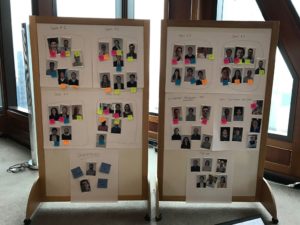
For me reflecting back on that day, I wish I had been more prepared for the possibility of a stalemate. I kept thinking to myself that Sandy and Dave’s advice is to stop when a stalemate is reached, the problem was I couldn’t tell if we were at an impasse or not. The small moves in rounds 3 and 4 had given me hope and using the lunch break to try break the deadlock seemed sensible. Perhaps my largest mistake was allows the train to extend the last round so long. In the end it was 30 minutes and inconclusive.
While writing this post (and beating myself up) I decided to go back to Creating Great Teams to check +Sandy and Dave’s guidance on stalemates. Much to my amusement their suggested approaches are 1) stop and call it a day, 2) reduce the number of people involved to focus in on the problems or 3) add placeholders for new hires into squads short on skills. We had considered option three as part of the constraints and dismissed it as we weren’t really sure when the new train members would arrive. And of course, suggestion 1 is what we tried and suggestion 2 is what the train did. If nothing else it is nice to know there wasn’t a magic answer sitting in Sandy and Dave’s book that we quite simply failed to use!
Find out what we learnt from this expereince and what happened when the train had to decide if they wanted to do self-selection again in my next post: Learning from Re-Squadification.



